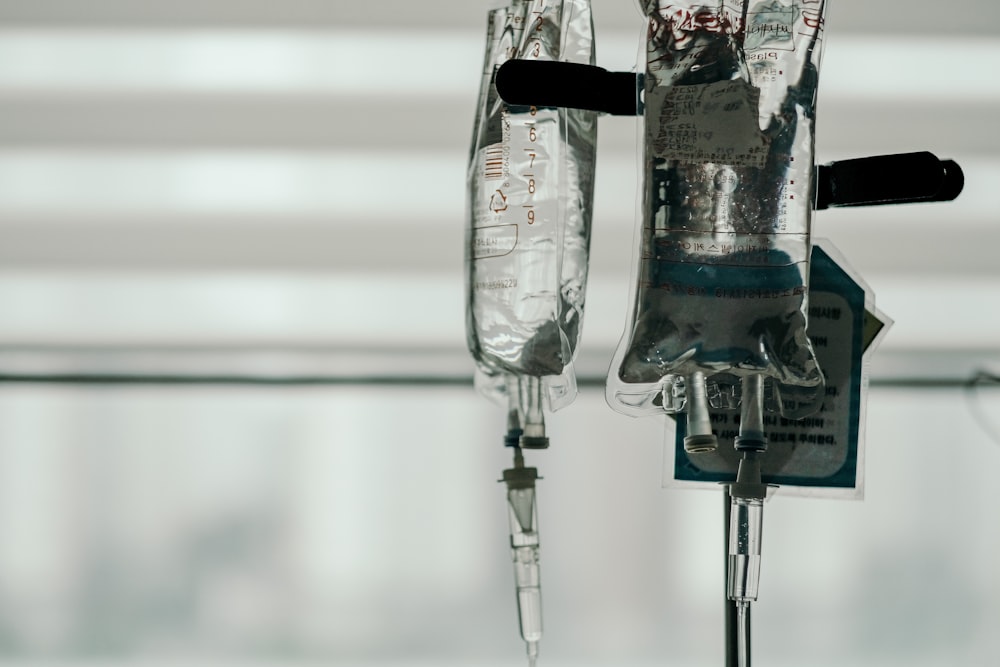A sizable number of the world’s population experiences various foot issues. These diseases are accelerated by unhygienic settings. “Ingrown Toenail” is a very typical type of foot issue.
It affects people of all ages and genders frequently. However, the likelihood of having laser ingrown toenail is higher in young men. According to research by the Centers for Disease Control and Prevention, ingrown toenails affect over 75% of the population in the USA alone.
An ingrown toenail laser can result in several difficulties. In such circumstances, often surgical excision becomes absolutely necessary.
What cab cause ingrown toenails?
Numerous conditions may lead to such ingrown toenails.
A few of the most crucial ones are as mentioned in the list below:
-
- The extra pressure that improperly fitting shoes put on the toe nails’ edges
- Improper toenail trimming and shaping
- Owing to existing foot issues like arthritis or nail fungus, toenails are thickening and growing incorrectly.
- Mechanics-related toe damage
- Repetitive stress brought on by regularly participating in demanding sports like jogging or climbing (common in professional athletes)
- Nail loss brought on by diseases in the pas
- Excessive foot sweating (Hyperhidrosis)
- Improper foot care (not cleaning foot regularly)
- Manifestation of nail fungus (Onychomycosis)
-
- Nail folds and nail plates with unusual shapes
- A family history of having ingrown toenails
- Diabetes and obesity
- Conditions affecting the thyroid gland, the kidneys, or the heart
- Using soiled, wet towels to clean your feet
- Long-term nail damage that are left untreated and exposed
- Using hazardous nail products
- Wearing the same shoes repeatedly for a long time
- Doing manicures and pedicures in unsanitary settings
Symptoms of ingrown toenails
Those who have ingrown toenails will exhibit the following symptoms:
-
- Pointed nails growing edges within the toe-skin
- Pain, swelling, and also inflammation of your affected skin
- Brownish or yellowish nails
- Reddish discoloration of your affected toe-skin
- Irritation and itching of the toe
- Warmth and tenderness of your toenails
- Leathery texture found on your adjoining toe-skin
- Cracks formation in the adjoining skin
- Infection of underlying tissues
- Formation in and around your ingrown toe-nail certain fluid-filled lesions
- Presence of greenish or yellowish pus below your nail or under your adjoining skin
- Separation of nails from your nail-bed
- Persistent throbbing pain that will radiate to adjoining areas
- Permanent nail-deformities
- Blood clots below your affected skin
- From the ingrown toenail an occasional bleeding
- Rough and whitish flakes form in and around your affected toe
- Difficulty in your normal movements like walking, running, climbing
Diagnosis
A podiatrist may suggest a culture of your nail specimens. In a few instances, punch biopsy and histopathology are also performed. Before making the correct diagnosis and choosing the best course of action, the doctor will consider the entirety of your medical history.
Treatment and prevention
A few natural therapies are also available to aid with the symptoms. One such is giving your feet a warm water bath. The doctor might suggest oral anti-inflammatory drugs to address the issue.
In the worst-case scenario, surgery may be necessary as mentioned earlier. These days there is a new treatment called ingrown toenail laser treatment is also available.

